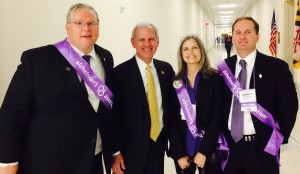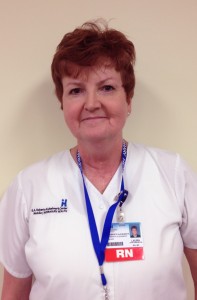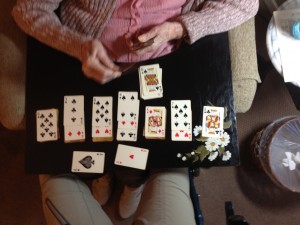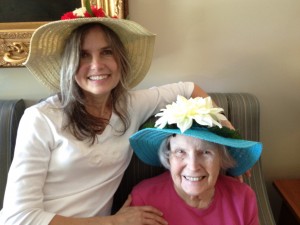Alzheimer’s is a costly, dangerous disease / AL.com
on April 23, 2014 at 3:17 PM, updated April 23, 2014 at 3:23 PM
Purple is the color for Alzheimer’s disease. On April 9, 2014, I joined more than 800 purple-clad advocates to speak on behalf of the over 5 million people who have AD in the United States. Our mission was to appeal to our members of Congress for action on Alzheimer’s disease.
I am among the 15.5 million unpaid caregivers whose life is radically altered by providing care for my mother and aunt. I oversee their lives daily, handle their finances and problem-solve their every challenge.
Thank you to Bradley Byrne for meeting with our delegation to discuss the Alzheimer’s crisis. It is the most expensive disease in America; nearly one in every $5 spent by Medicare is on people with Alzheimer’s or another dementia, yet there is no cure in sight.
In addition to the human toll, Alzheimer’s costs $214 billion a year. Because of our growing senior population, unless science finds a way to slow progression or delay onset, Alzheimer’s will cost an estimated $1.2 trillion by 2050. More information can be found on alz.org by accessing the 2014 Facts and Figures State Statistics Sheets.
At the recent 26th annual Alzheimer’s Association Advocacy Forum in Washington, D.C., I heard Alzheimer’s advocate Dr. Francis Collins, director of the National Institute of Health, say that we are not, at the moment, limited by ideas, scientific opportunities or by talent. He stated, “We are, unfortunately, limited by resources to be able to move this enterprise forward at the pace that it could take.”
Please understand that this disease is epidemic and could affect almost everyone. One in three seniors dies from Alzheimer’s disease. The number of people in Alabama living with the disease is projected to increase from 14 percent to 24 percent by 2050. Approximately 500,000 people die each year because they have Alzheimer’s disease.
I hope you will join us by putting on your purple and support increased funding for Alzheimer’s research by $200 million in fiscal year 2015.
It is only through adequate funding and a strong implementation of the National Plan to Address Alzheimer’s Disease that we will meet its goal of preventing and effectively treating Alzheimer’s by 2025.
Beth Reinert
South Alabama Advocate for the Alzheimer’s Association










Recent Comments